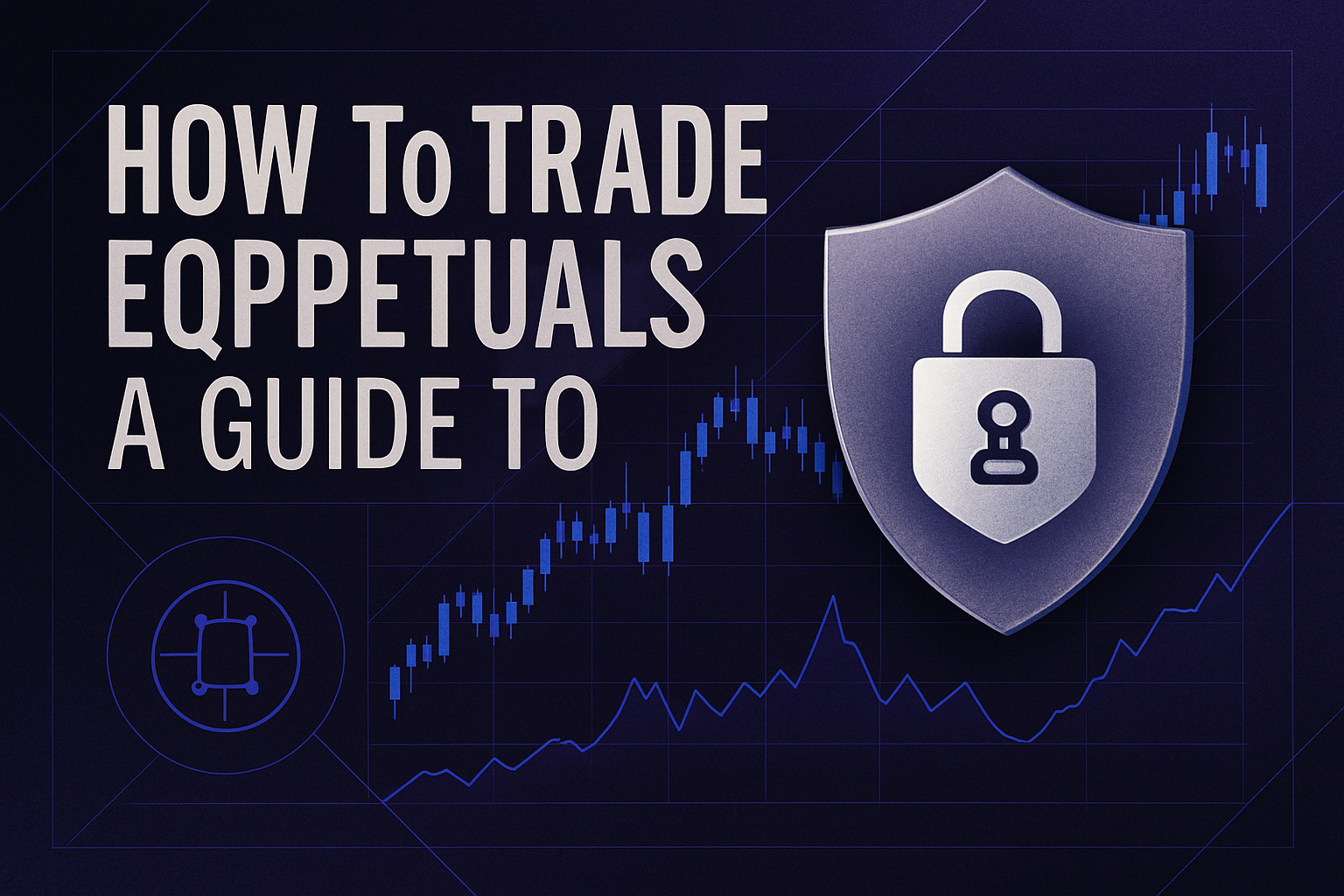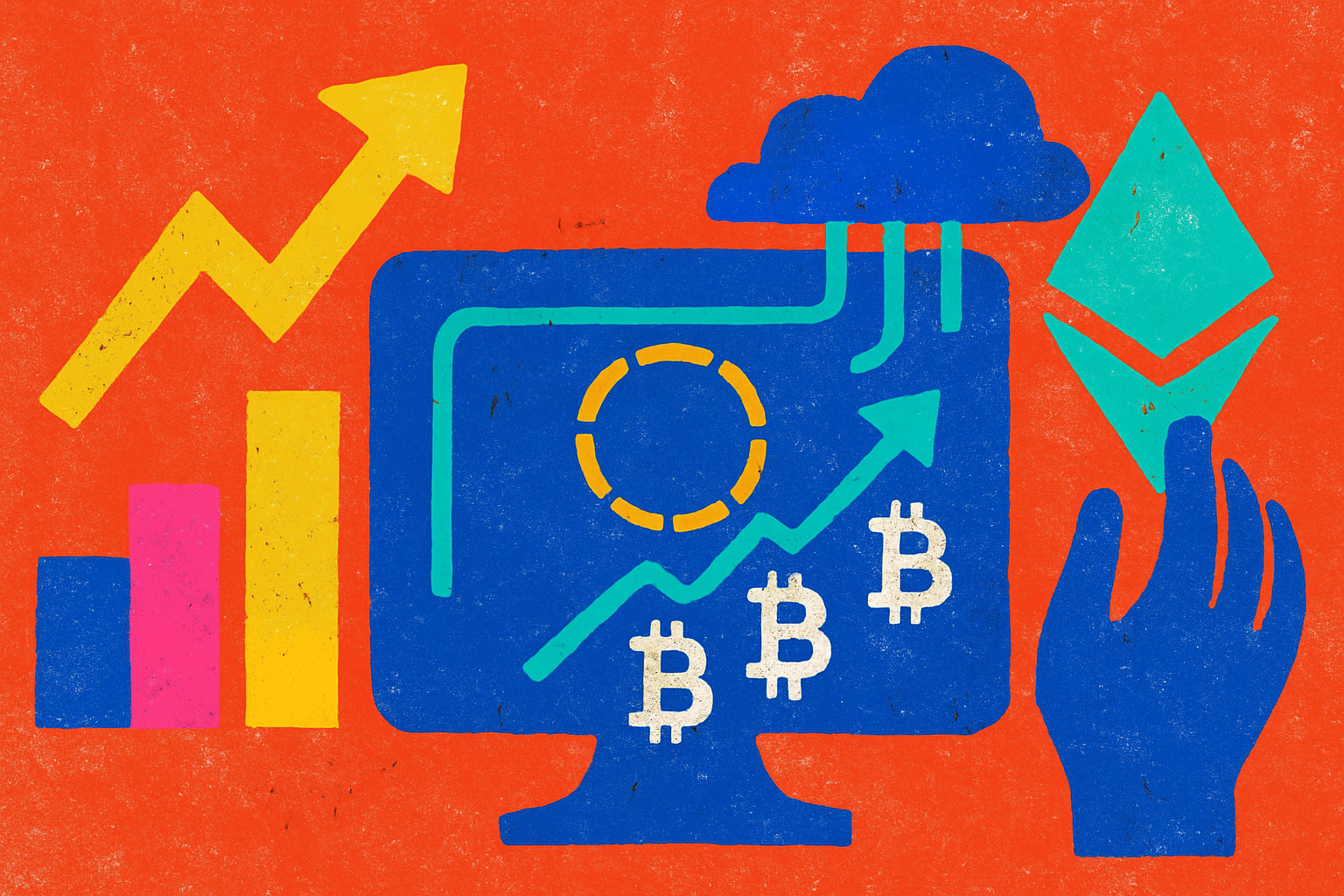
Perpetual DEXs for synthetic stocks are rewriting the playbook for global equity trading. In 2024, the best perp DEXs give traders direct access to perpetual stock derivatives with no KYC, 24/7 markets, and full self-custody. But which platforms are actually delivering on the promise of deep liquidity, tight spreads, and robust security? Let’s break down the top contenders, Synthetix Perps (via Kwenta, Polynomial, dHEDGE), GMX, dYdX, Vela Exchange, and Gains Network (gTrade): to help you find your edge in this fast-evolving sector.
Why Synthetic Stock Trading on Perpetual DEXs Is Exploding
The appetite for synthetic stock trading has never been higher. Traders want exposure to Tesla, Apple, or even entire indices, without the friction of legacy brokers or centralized exchanges. Perpetual DEXs bridge this gap by offering always-on markets, leverage up to 100x in some cases, and composable DeFi features like yield-bearing collateral.
But not all perp DEXs are created equal. Liquidity depth, fee structure, supported assets, and security architecture vary dramatically between protocols. Here’s a tactical breakdown of what sets each of the top five apart, and why it matters for your bottom line.
Synthetix Perps: The Powerhouse Behind Decentralized Stock Derivatives
Synthetix Perps is the backbone powering synthetic asset trading across multiple frontends, including Kwenta, Polynomial, and dHEDGE. This modular approach lets traders pick their preferred UI without sacrificing access to deep liquidity or advanced order types.
- Features: Supports a wide range of synthetic stocks (sTSLA, sAAPL), indices, and commodities as perps. Up to 50x leverage via Kwenta Pro Mode. Built-in cross-margining with sUSD collateral means you can deploy capital flexibly across positions.
- Fees: Maker/taker fees typically range from 0.01%–0.10% depending on market volatility and volume tier.
- Security: Synthetix uses battle-tested smart contracts with multi-layered oracle feeds (Chainlink/Pyth). All trades settle on-chain, no intermediaries or custodial risk.
If you’re serious about decentralized perpetual stock trading and want maximum choice of frontend plus deep liquidity pools for synthetic equities, Synthetix Perps is hard to beat in 2024.
GMX: Blue-Chip Stability With Real-Time Price at $14.73
GMX has built a reputation as one of the most reliable perpetual DEXs out there, and as of October 6th, 2025 its token price sits at $14.73. GMX stands out for its multi-asset GLP pool model that enables instant trade execution without order book delays or slippage spikes during volatility events.
- Features: Offers crypto perps by default but has expanded into synthetic stocks through ecosystem integrations. Up to 50x leverage available on major pairs; instant swaps mean minimal price impact even during high-volume moves.
- Fees: Low swap fees; actual rates vary by pair but consistently undercut many competitors thanks to efficient pool design.
- Security: Non-custodial architecture ensures users always control their assets; GLP pool is transparently auditable on-chain.
If you want a set-and-forget platform with blue-chip security standards and transparent fee mechanics, especially at current price levels, GMX should be on your shortlist for synthetic stock perps in 2024-2025.
dYdX: Professional-Grade Trading With Deep Liquidity Pools
dYdX remains a heavyweight in the perpetual derivatives space, and it’s no surprise it’s one of the best perp DEXs for synthetic stocks. Built originally on Ethereum Layer 2 before migrating to its own chain architecture (now leveraging Solana tech), dYdX offers institutional-grade execution with an intuitive UI suitable for both new and veteran traders alike.
- Features: Advanced order types (stop-loss/take-profit), up to 20x leverage on supported synth stocks/futures pairs; robust charting tools built into frontend; seamless wallet integration with major DeFi wallets.
- Fees: Dynamic maker/taker model ranging from 0.01%–2%. High-volume traders benefit from aggressive rebates while retail users enjoy competitive baseline rates.
- Security: Fully non-custodial; governance managed via ORCA token holders; frequent audits plus bug bounty programs keep protocol hardened against exploits.
GMX (GMX) Price Prediction 2026-2031
Forecast based on current market context, DEX sector growth, and evolving competition
| Year | Minimum Price | Average Price | Maximum Price | Year-on-Year % Change (Avg) | Market Scenario Insights |
|---|---|---|---|---|---|
| 2026 | $10.50 | $17.00 | $26.00 | +15% | Recovery phase: DEX adoption grows, but heavy competition from new protocols like Aster and Avantis keeps GMX range-bound. Regulatory clarity boosts sentiment. |
| 2027 | $13.00 | $21.50 | $33.00 | +26% | Bullish momentum: Perpetual DEXs see strong inflows. GMX benefits from new features and cross-chain expansion. Rising trading volumes and TVL. |
| 2028 | $16.00 | $26.50 | $40.00 | +23% | Adoption phase: Synthetic asset trading matures. GMX integrates more assets and AI-driven trading tools. Competition from L1 DEXs and privacy-focused platforms persists. |
| 2029 | $18.00 | $31.00 | $48.00 | +17% | Expansion: DeFi and TradFi convergence accelerates. GMX leverages partnerships and institutional interest, but faces fee compression and shifting market share. |
| 2030 | $20.00 | $36.00 | $55.00 | +16% | Maturity: Increased regulation and mainstream adoption. GMX remains a top 5 DEX, but growth slows as sector matures and new innovations emerge. |
| 2031 | $18.00 | $32.00 | $50.00 | -11% | Correction: Market cycle cools, consolidation among DEXs. GMX maintains relevance, but faces margin pressure and sector-wide pullback. |
Price Prediction Summary
GMX is poised for moderate but sustained growth through 2030, supported by the continued expansion of decentralized perpetual trading and synthetic assets. However, increasing competition from newer DEX protocols, evolving regulatory pressures, and potential fee compression may limit outsized gains. The price outlook reflects both bullish scenarios (breakout adoption, new features) and bearish risks (sector rotation, regulatory headwinds).
Key Factors Affecting GMX Price
- Rising adoption of perpetual DEXs and synthetic asset trading
- Strong competition from innovative new DEX protocols (Aster, Avantis, Hyperliquid, etc.)
- GMX’s ability to expand features, cross-chain support, and integrate new assets
- Regulatory developments impacting DeFi and synthetic trading
- Market cycles and investor risk appetite
- Fee structures and liquidity incentives compared to rivals
- Macro crypto sentiment and global economic conditions
Disclaimer: Cryptocurrency price predictions are speculative and based on current market analysis.
Actual prices may vary significantly due to market volatility, regulatory changes, and other factors.
Always do your own research before making investment decisions.
When you need blazing-fast execution and deep liquidity for synthetic stock trading, dYdX delivers. Its order book model rivals centralized exchanges, but with the transparency and control only DeFi can offer. The platform’s aggressive fee rebates for makers and strong security culture make it a favorite among high-frequency traders and institutions looking to scale up synthetic equity strategies.
Vela Exchange: Composability Meets Synthetic Stock Perps
Vela Exchange is a rising star in the perp DEX ecosystem, purpose-built for composable synthetic asset trading. Vela’s architecture allows traders to tap into both crypto and stock perps from a single dashboard, with advanced risk controls and granular margin management.
- Features: Multi-collateral support (USDC, ETH, more), hybrid order book plus AMM design for ultra-low slippage on large trades, and up to 30x leverage on synthetic equities.
- Fees: Maker/taker fees are highly competitive, generally ranging from 0.02%–0.10%, with periodic zero-fee campaigns to incentivize volume.
- Security: Smart contracts are regularly audited by top-tier firms; user funds remain non-custodial at all times; insurance fund backstops rare edge-case losses.
If your strategy demands composability, swapping between crypto, stocks, or indices without leaving the protocol, Vela Exchange is built for you. Its focus on low-latency execution and flexible collateral options makes it a tactical choice for active traders hunting alpha across asset classes.
Gains Network (gTrade): Leverage Powerhouse With Synthetic Stock Depth
Gains Network (gTrade) has carved out a distinct niche as the leverage king of synthetic perps. With up to 150x leverage available on select assets, including major US stocks like TSLA, AAPL, AMZN, and an intuitive UI that appeals to both degens and disciplined risk managers, gTrade is all about maximizing opportunity while controlling downside.
- Features: Single-asset collateral (DAI), no funding rates or overnight fees on perps; dozens of tradable synth stocks alongside forex and crypto pairs; instant trade settlement via oracle-powered pricing.
- Fees: Flat fee model (typically around 0.08%–0.10% per trade) keeps costs predictable even at high leverage tiers; no hidden costs or surprise liquidations due to transparent margining rules.
- Security: Non-custodial design with regular audits; all positions visible on-chain; robust insurance fund absorbs rare tail-risk events.
If you’re seeking maximum flexibility in trade sizing or want access to the highest leverage in DeFi for synthetic stocks without opaque funding fees, Gains Network should be front of mind in your DEX rotation this year.

Top 5 Perpetual DEXs for Synthetic Stock Trading (2024)
-

Synthetix Perps (Kwenta, Polynomial, dHEDGE): Built on the Synthetix protocol, these platforms offer deep liquidity and a wide range of synthetic stock perpetuals. Pros: Multi-platform access, robust liquidity, and composability with DeFi tools. Cons: Complex onboarding and higher gas fees on Ethereum mainnet.
-

GMX: Operating on Arbitrum and Avalanche, GMX provides seamless perpetual trading with up to 50x leverage and instant execution. Pros: Low swap fees, efficient GLP liquidity pool, and non-custodial trading. Cons: Limited synthetic stock selection and reliance on GLP pool health. GMX Price (as of Oct 6, 2025): $14.73
-

dYdX: A leading DEX for perpetual and margin trading, dYdX offers advanced tools and a user-friendly interface. Pros: High liquidity, up to 20x leverage, and decentralized governance. Cons: Limited synthetic stock listings and variable fees (0.01%–2%).
-

Vela Exchange: Vela specializes in synthetic asset perpetuals, focusing on low latency and high-speed execution. Pros: Intuitive UI, competitive fees, and innovative trading incentives. Cons: Newer platform with evolving liquidity and security track record.
-

Gains Network (gTrade): gTrade offers decentralized perpetuals on synthetic stocks and forex with up to 150x leverage. Pros: Wide asset coverage, low capital requirements, and transparent on-chain execution. Cons: Lower liquidity for niche stocks and learning curve for new users.
Your Tactical Checklist: Picking the Right Synthetic Stock Perp DEX
The landscape of perpetual DEXs for synthetic stocks is evolving at breakneck speed. Each platform brings its own strengths, Synthetix Perps’ modular liquidity network, GMX’s blue-chip reliability at $14.73, dYdX’s pro-grade order books, Vela’s composability edge, Gains Network’s unmatched leverage, all offer unique edges depending on your style and risk tolerance.
The real edge comes from matching your strategy to the right protocol features: Are you hunting deep liquidity? Prioritizing ultra-low fees? Chasing high-leverage setups? Or demanding rock-solid security above all else? Use this breakdown as your launchpad, and stay nimble as new upgrades hit these platforms throughout 2024-2025.
If you want more detailed breakdowns or live data feeds on these top platforms, including fee calculators and security scorecards, be sure to check out our full resource hub at PerpScout. com’s best perp DEXs guide. Every day brings a new edge to find, make sure you’re ready to seize it!




